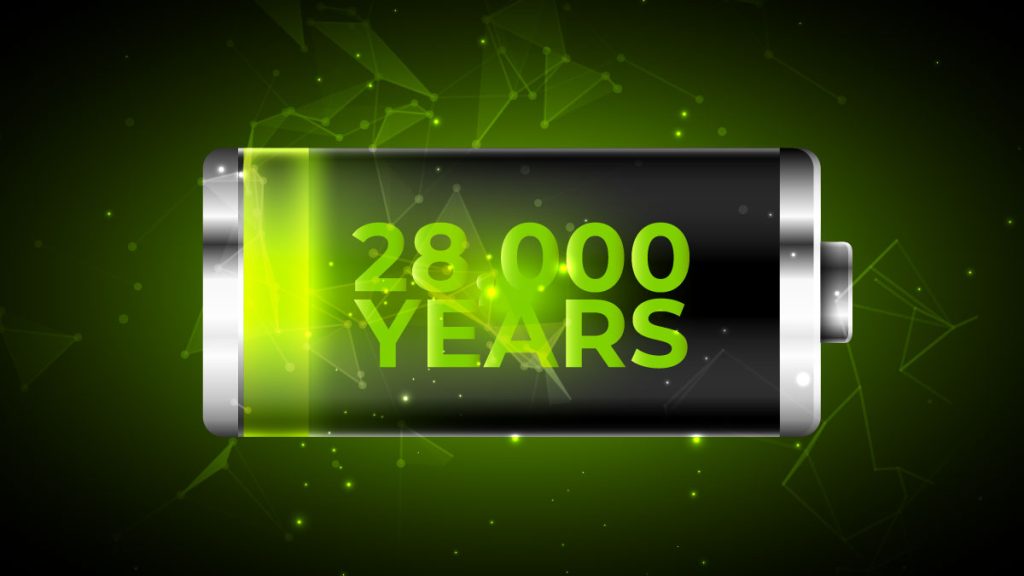
Batteries power much of the modern world. Our increasingly digitized world is relying more and more on battery power to keep on running., from electric cars, smartphones, laptops, and much more. Scientists are fast developing a nuclear diamond battery to uplift humanity’s increasing need for batteries in a way that befits an industry 4.0 enabled world.
You are currently reading this article on a device powered by a lithium-ion battery, the most common battery found today. However, these batteries have their limits. They are sensitive, costly, maintenance heavy and environmentally polluting when disposed of.
Lithium ion batteries also have a relatively short lifespan, and that lifespan is depleted whether they are in use or not. Humanity needs better batteries.
Enter Nuclear Diamond Batteries
Using nuclear waste as their main power source and diamonds as their heat conducting element, the nuclear Diamond battery can supposedly last up to 28,000 years, an unfathomabley long time. Needless to say if your phone was powered by nuclear diamond battery, you wouldn’t have to worry about running our of power on a hike or a night out.
Consumer electronics aside, the battery promises to transform much of today’s industry and are useful for things like spacecraft, satellites, high-altitude drones, and healthcare devices because they basically last forever.
Such things require batteries with as long a lifespan as possible to stay functional as it would be costly and inconvenient to replace, especially I the battery is embedded within the device. Its not like we can just zip up into space and replace AAs on a satellite lie changing a lightbulb.
What we Know About the Nuclear Diamond Battery
Researchers, physicists, and chemists at the University of Bristol began developing what are now known as radioactive diamond batteries back in 2016. They marketed their creation as a betavoltaic gadget, which denotes that it is powered by nuclear waste’s beta decay.
When an atom’s nucleus has too many particles, it releases some of them to create a more stable protons-to-neutrons ratio. This process is known as beta decay. This results in the production of a kind of ionizing radiation known as beta radiation, which contains many beta particles, also known as high-speed and high-energy electrons or positrons.
A typical betavoltaic cell is made up of semiconductors sandwiched between thin layers of radioactive material. Beta particles released by the nuclear material during its decay knock electrons free in the semiconductor, resulting in an electric current. The power density of the radioactive source decreases with increasing distance from the semiconductor, though. As a result, nuclear batteries are substantially less effective than conventional battery types. The polycrystalline diamond (PCD) enters the picture here.
Chemical vapour deposition, a procedure that is frequently employed to produce synthetic diamonds, is the method utilized to create nuclear diamond battery. By employing radioactive methane containing the radioactive element Carbon-14, which is present on irradiated reactor graphite blocks, researchers have adapted the procedure to create radioactive diamonds. These diamonds have the capacity to function as semiconductors and radioactive sources.
You’ll obtain a long-lasting battery that doesn’t require charging while exposed to beta radiation. It can recharge itself for eons with little to no detectable degradation over hundreds of years because to the radioactive waste that fills its innards. A single battery can theoretically be used for more than a thousand years without needing to be changed or recharged.
Inside Telecom provides you with an extensive list of content covering all aspects of the tech industry. Keep an eye on our Technology section to stay informed and up-to-date with our daily articles.